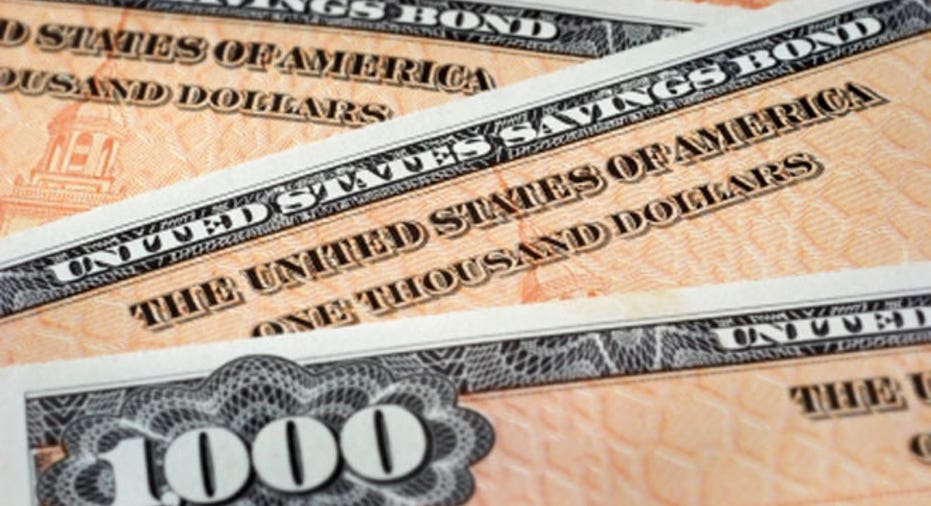Tresury Yields Hit Lowest Level in Three Months

U.S. Treasury yields eased to their lowest in nearly three months on Friday as a deal to avert a U.S. debt default and reopen the government encouraged investors to put money to work amid some expectations the Federal Reserve would not trim its stimulus until next year.
A last-minute agreement to restore government funding until mid-January and extend the borrowing limit to Feb. 7 soothed fears the United States would not meet benefit payments and debt obligations in coming days.
Benchmark 10-year notes, which rose on Wednesday in anticipation of a deal and climbed again on Thursday when a pact was concluded, were up 3/32 on Friday, their yields easing to 2.58 percent from 2.60 percent on Thursday. That was the lowest since July 24, according to Reuters data.
But the partial government shutdown is seen as having damped economic growth, postponing the point at which the Fed would begin trimming its $85 billion a month in bond purchases.
Most market participants had expected the Fed to announce it would trim purchases at its September meeting. Now many believe that won't happen until next year.
A Fed decision to taper its purchases at its October meeting "is off the table, and while a December or January move is certainly possible, it would require a rebound in the data and budget clarity from lawmakers in Washington," said Ian Lyngen, senior government bond strategist at CRT Capital Group.
Two top Fed officials said on Thursday the Fed would likely defer any decision to trim its bond purchases until at least December.
Investors are also betting the Fed won't raise interest rates until April 2015.
Still, there was residual caution after the latest conflict amid wariness that the circus could start over in January when Congress again must act to keep the government open.
Consequently, the overnight general collateral repo rate, at 0.15 percent, was still higher than it was prior to the debt ceiling standoff, noted John Canavan, Stone & McCarthy Research Associates in Princeton, New Jersey.
Overnight, five- and seven-year notes briefly moved below their early October low yields around 1.30 percent and 1.95 percent, respectively.
"The 10-year note and 30-year bond followed overnight as the 10-year bulled through the 2.58 percent area low from early this month, and the bond through the 3.65 percent/3.64 percent low yield from late September," Canavan said. "That attracted a wave of technical buying, with demand from commodity trading advisors, Asian real money, and central banks."
The market is looking ahead to the resumption of government economic data releases. Key employment data from September will finally be released on Tuesday, October 22. Had the government not shut down, the report would have been released on October 4.
Meanwhile, Fed officials will be out on the hustings during the day with Richmond Fed President Jeffrey Lacker speaking in the morning and Fed Governor Daniel Tarullo, Chicago Fed President Charles Evans, New York Fed President William Dudley and Fed Governor Jeremy Stein all speaking in the afternoon.
Only Chicago Fed President Evans, however, is scheduled to speak about current economic conditions and monetary policy.
The Fed is expected to buy between $1.25 billion and $1.75 billion in Treasuries maturing between 2036 and 2043 as part of its plan to stimulate the economy and reduce unemployment.



















